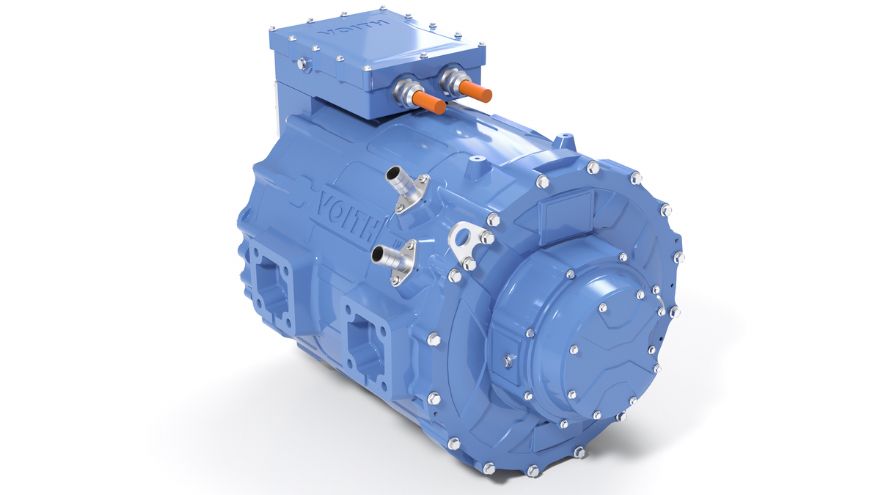
Data analysis show that nowhere else in Europe were as many electric buses newly registered last year as in the UK, where out of 2,554 standard single- and double-decker buses, 1,150 were fitted with a purely electric drivetrain (BEV or FCEV — fuel cell electric vehicles powered by hydrogen). By comparison, in 2023 only 838 e-buses were registered in Germany, 743 in France, 563 in Norway and 410 in Italy.
Holger Seefelder, vice president sales EMEA (commercial vehicles) of the global technology company
Voith, said: “With UK bus manufacturers
Alexander Dennis and
Wrightbus fully embracing the VEDS (Voith Electrical Drive System), Voith has been instrumental in boosting the use of zero-emission public transport in the UK and Ireland. As of today, we have already supplied the UK with more than 1,000 VEDSs for buses, a figure that is set to increase sharply for two reasons.
“First, bus manufacturers Alexander Dennis and Wrightbus are using the Voith drive system for all their battery-electric and fuel-cell-electric buses; and second, other than the UK, no other European country offers such a clear and reliable government-funded framework for bus manufacturers and operators, courtesy of the UK Government’s ZEBRA (Zero Emission Bus Regional Areas) funding programme.”
Mr Seefelder says that according to the latest figures, total funding has amounted to around 2.34 billion euros since 2020, and already includes funding for the 2024/2025 financial years, adding that what finds remarkable about this funding framework is the fact that “around £40 million pounds has been provided specifically for rural communities. In the global metropolis of London and its commuter belt, the public transport network works extremely effectively. Via the ZEBRA 2 funding, the Government is now focusing on rural regions.
“Voith sees the developments in the UK as very positive, not just economically but also from an ecological perspective. It is evidence that a functioning public transport system using electric vehicles can be developed not just in large cities but also across the country. The fact is, that not just in the UK but across the entire EU, more stringent exhaust gas emissions are resulting in the use of vehicles with much lower or zero CO
2 emissions in cities and municipalities.”